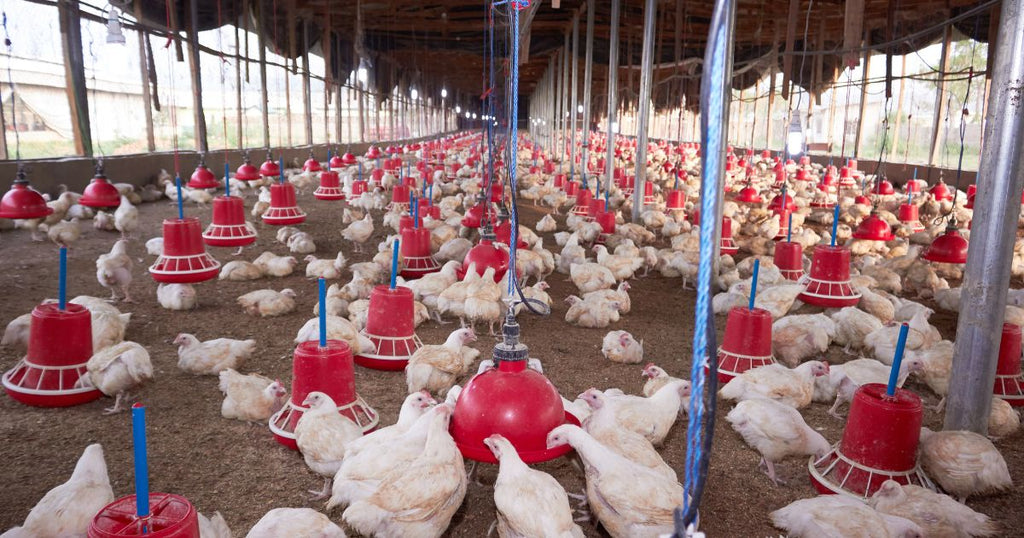News
Can CO2 influence plant transpiration and biodiversity?

Guest post by Michael Forster, Edaphic Scientific Pty Ltd Everyone knows that plants need carbon dioxide to grow. But fewer people know that carbon dioxide can also effect plant transpiration and even the water balance of entire ecosystems and catchments. Even fewer people know that carbon dioxide can affect biodiversity and which plant species are more common than other species. Let’s just leave aside all of the topics on how increasing carbon dioxide is leading to global warming and how this, in turn, is impacting on plant species. Let’s just focus purely on how increasing atmospheric carbon dioxide changes the...
- Tags: Carbon Dioxide (CO2)
Diesel Engines Tested with K-33 CO2 Sensor

- Tags: Carbon Monoxide (CO), Case Studies
European Council Sets IAQ Standards for Poultry Farmers

- Tags: Poultry
Carbon Monoxide (CO) In Ice Rinks

If you or your children are an indoor ice skater or hockey player, you should be aware of the potential danger of indoor ice arenas resurfaced with gas-powered ice resurfacing machines like Zambonis. Exhaust Fumes in a Enclosed Areas Carbon monoxide fumes and micro-particles from Zamboni engine exhaust linger inside enclosed ice rinks, and can hurt those who inhale them. Unlike carbon dioxide (CO2), carbon monoxide (CO) is potentially harmful at even small levels. OSHA limits carbon monoxide exposure to 25ppm both for short-term exposure limit (STEL) and time-weighted average (TWA) over an 8-hour workday. With an ice resurfacing machine...
Compost & Soil Gas Testing: 3 Inexpensive Solutions
Most of us who live in the city think of soil as “dirt.” However, soil is actually a living environment of underground plants, animals, and microorganisms that, like humans, need food, water and oxygen to survive. Soil gas testing is the process of measuring oxygen, carbon dioxide, methane, radon, and other gases in soil. For example, large-scale composters monitor the gases inside long, narrow piles of plant material and manure called wind-rows. The right combination of moisture, temperature, oxygen and CO2 is required to feed the aerobic microbes that turn the materials into compost. Alternatively, biologists measure CO2 or methane...
- Tags: Agriculture
Catégories
- Agriculture
- Ammonia (NH3)
- Beverage
- Breweries
- Carbon Dioxide (CO2)
- Carbon Monoxide (CO)
- Case Studies
- Corporate
- Cryogenics
- Data Logger
- Ebooks
- Fire Suppression
- Free Gaslab Software
- HVAC
- Hydrogen
- Indoor Air Quality
- Industrial
- Medical
- Methane (CH4)
- Modified Packaging (MAP)
- Multi-Gas
- Mushroom Farming
- NBIC
- NFPA
- OSHA
- Oxygen (O2)
- Poultry
- Restaurants
- Safety
- Scientific
- Sensor
- Welding
- Wineries
